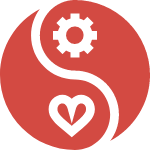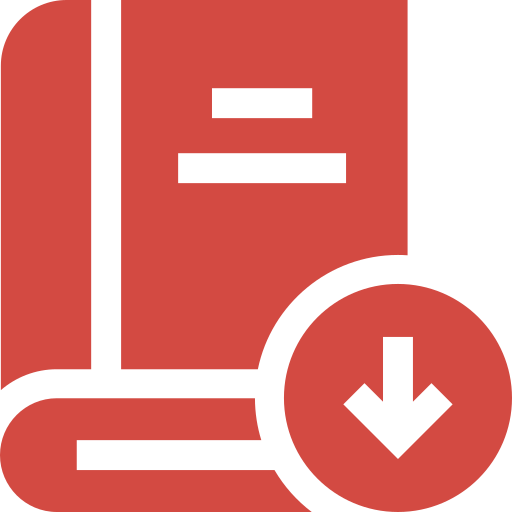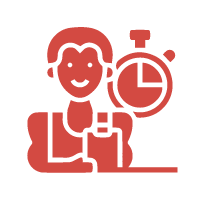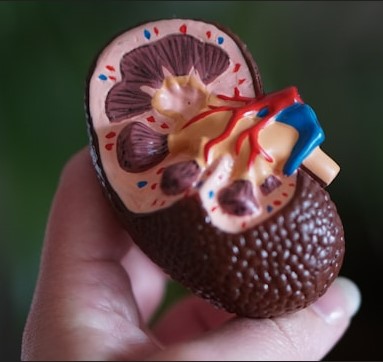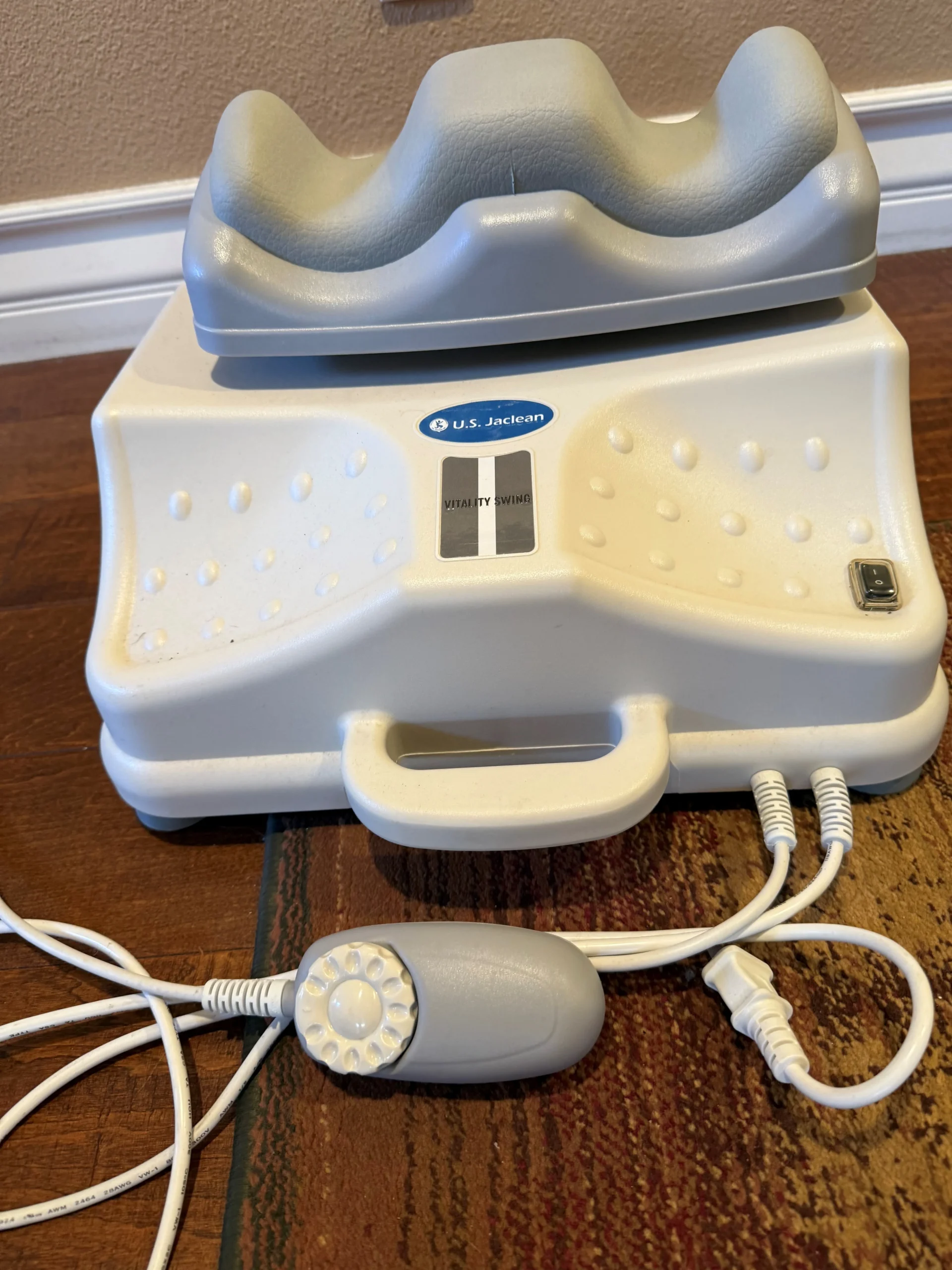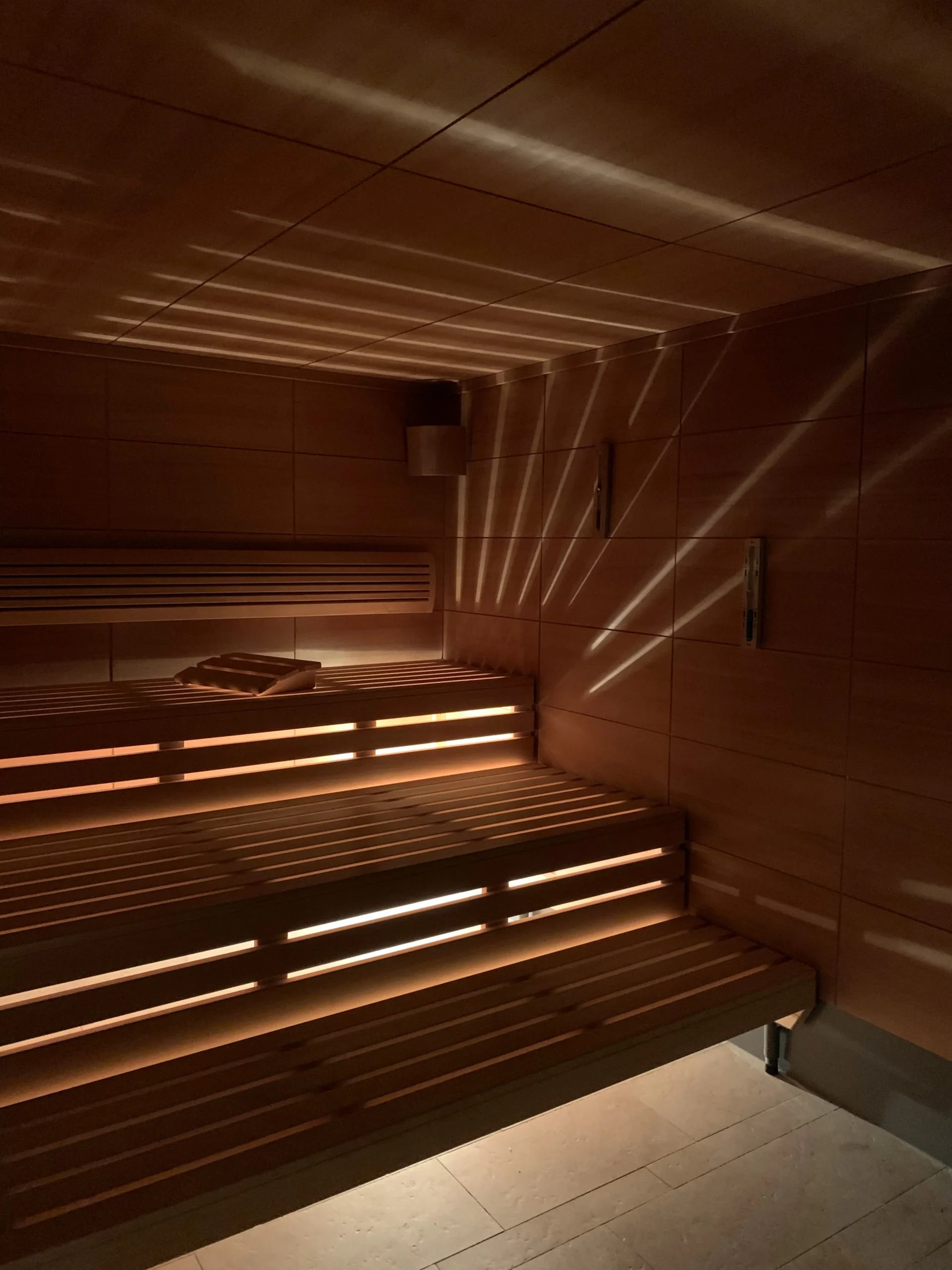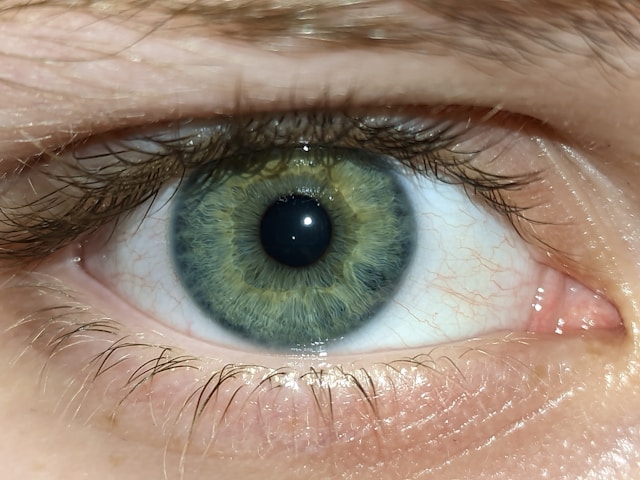 Melatonin is a naturally occurring hormone. In humans, melatonin is produced in several tissues, including the brain (pineal gland), retina, and GI tract. In the brain, melatonin synthesis is stimulated by darkness. Once synthesized, it enters the blood stream and acts as an endocrine hormone involved in sleep regulation and a number of other cyclical physiological functions. Daily biological rhythms thought to be influenced by melatonin include activity and sleep, core body temperature, immune function, antioxidant defenses, blood pressure, feeding, and glucose regulation.
Melatonin is a naturally occurring hormone. In humans, melatonin is produced in several tissues, including the brain (pineal gland), retina, and GI tract. In the brain, melatonin synthesis is stimulated by darkness. Once synthesized, it enters the blood stream and acts as an endocrine hormone involved in sleep regulation and a number of other cyclical physiological functions. Daily biological rhythms thought to be influenced by melatonin include activity and sleep, core body temperature, immune function, antioxidant defenses, blood pressure, feeding, and glucose regulation.
Please note that melatonin supplements are not sleeping pills. Oral melatonin supplements support the human body’s natural circadian rhythms and promote healthy sleep. When taken an hour before bedtime, melatonin supports the natural rise in melatonin that typically occurs before sleep.
The role of melatonin is not limited only to sleep. No single therapy works for everybody, but here is some very recent research to consider if you suffer from migraine headaches.
A recently published clinical trial shows that taking melatonin (3 mg) at bedtime for 12 weeks is as effective for migraine prevention as a commonly used medication called amitriptyline (25 mg). The trial compared the use of melatonin, amitriptyline and placebo once daily in people with 2-8 migraine attacks monthly. Melatonin reduced headache days by 2.7 compared to 2.2 days for those receiving amitriptyline. In addition, melatonin cut migraine frequency in half for more patients than those taking amitriptyline. Melatonin was as well tolerated as placebo and resulted in fewer side effects than amitriptyline.
Study conclusion:
“Melatonin 3 mg is effective and better than placebo for migraine prevention. Melatonin is as effective as amitriptyline 25 mg in the primary end point, but better than amitriptyline in the secondary end point (50% responder rate, patients with a higher than 50% improvement in headache frequency). It is more tolerable than amitriptyline 25 mg.”
SOURCE USANA ask the scientists – health and science education
Full paper:
http://jnnp.bmj.com/content/early/2016/05/10/jnnp-2016-313458.full









